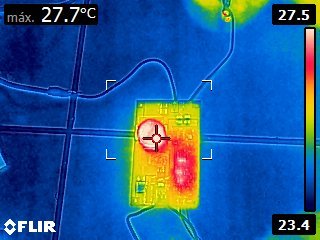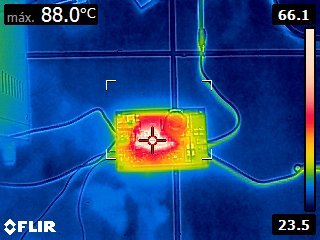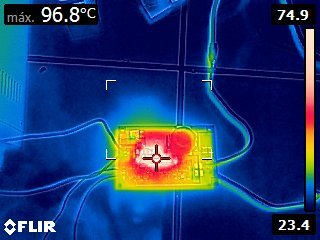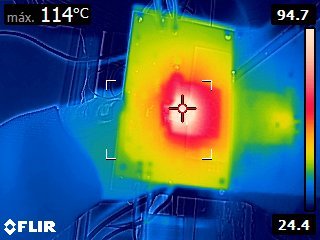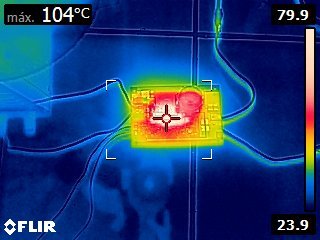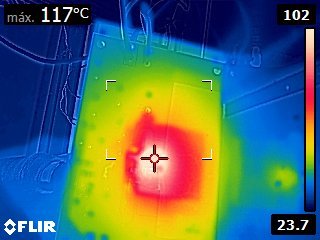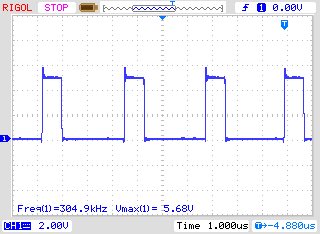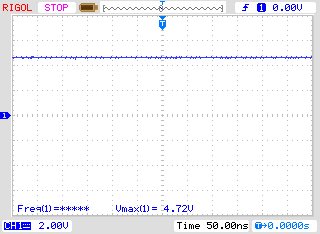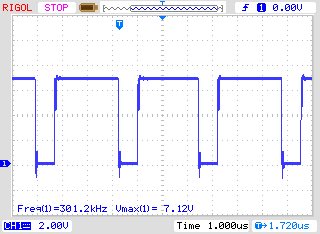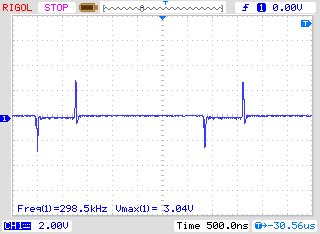i´ve been working with the lm3429 driver and i have problems with efficiency and heat (heat in the mosfet).
Vin: 12-24 V (12v nominal)
Vout: 46.6V
Iout: 1.2A
How can i get better efficiency? which of mosfet should i use for better heat dissipation(mine is SUD35N10-26P-E3 of vishay)?

Best regards,
Lauro Castro


